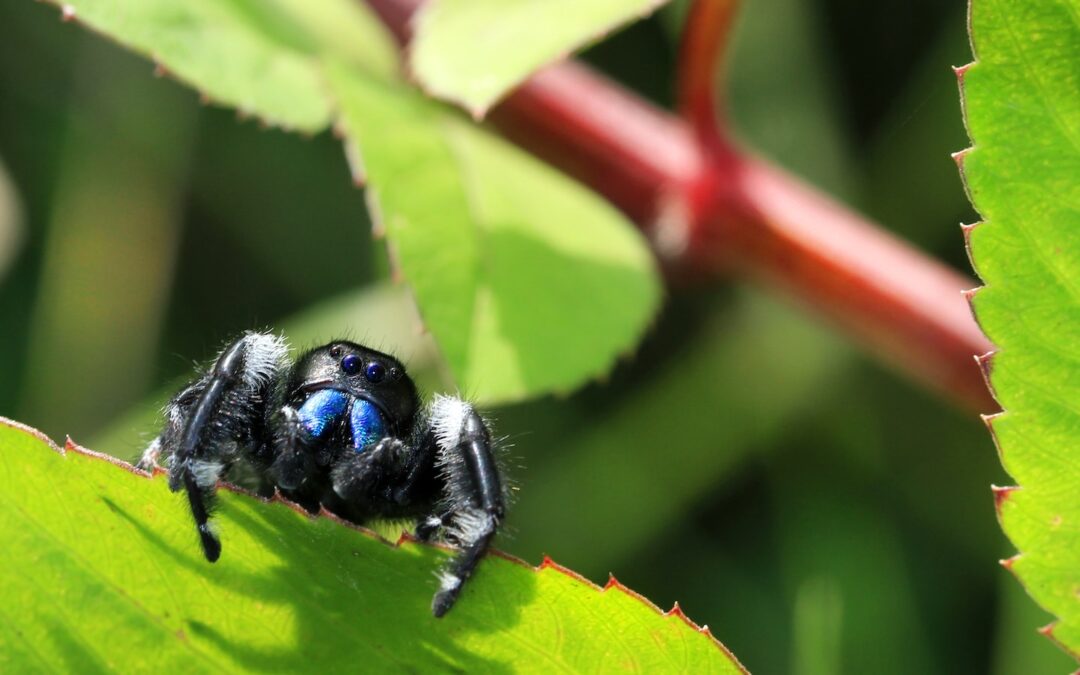Have Fun and Be Safe!
Spiders are essential members of the natural world, but they can still be frightening when they appear in your home or garden. Here is a comprehensive guide to understanding the difference between good and bad spiders, so you can appreciate and protect the helpful species and stay safe from the dangerous ones.
What Are “Good Spiders”?
Good spiders are species that can be beneficial to the environment and that pose little threat to humans and their homes. These spiders are usually found in gardens and natural habitats and are harmless to humans and even helpful. They typically spin webs, which help them feed on other insects, including potentially harmful pests, like moths and mosquitoes.
Characteristics of “Good” Spiders
Good spiders can generally be identified by their harmless appearance and their web-making behavior. Most spiders considered “good” have bright, colorful bodies, long legs, and build ornate webs. They are generally small in size and can be found in areas with plenty of pollen and nectar due to their need to pollinate.
Examples of “Good” Spiders
Some of the most common “good” spiders are:
- Orb Weaver Spider
- Crab Spider
- Jumping Spider
- Wolf Spider
- Long-jawed Spider
What Are “Bad Spiders”?
Bad spiders are those that can cause health problems and damage to homes. They are usually found outdoors, especially near houses and buildings, and can be dangerous to humans and their pets. These spiders often enter homes and buildings in search of food and shelter and can be more aggressive and territorial than other species.
Characteristics of “Bad” Spiders
Bad spiders are typically distinguished by their dark, bold colors, including shades of brown, black, and yellow. They have thick, bulky bodies with shorter legs, and they tend to prey on insects and other animals while they are in dwellings and buildings.
Examples of “Bad” Spiders
Some of the most common “bad” spiders are:
- Black Widow Spider
- Brown Recluse Spider
- Redback Spider
- Hobo Spider
- Giant House Spider
People Also Ask
Are house spiders dangerous?
House spiders, also known as common house spiders, are generally harmless to humans. However, some species of house spiders, such as hobo spiders and giant house spiders, can be dangerous and require precaution.
What is the most dangerous spider in the world?
The most dangerous spider in the world is widely considered to be the Brazilian wandering spider. It is one of the most venomous spiders known, and its bite can result in severe pain and even death.
What is the biggest spider in the world?
The goliath bird-eater is the largest spider in the world, with a leg span of up to 11 inches. It can be found in the rainforests of northern South America.
Are spiders attracted to humans?
Spiders typically avoid humans and are not usually attracted to them. However, they can be attracted to areas where food is present, such as kitchens, or they may enter homes in search of shelter.
How can I protect myself from dangerous spiders?
To protect yourself from dangerous spiders, it is important to be aware of their presence and avoid any contact with them. Additionally, seal off any entry points to your home, such as cracks and crevices, to prevent them from entering.
Conclusion
In conclusion, while spiders can be intimidating and alarming when they appear, they are essential members of the natural world. Understanding the difference between good and bad spiders can help you appreciate and protect the helpful species, as well as stay safe from the dangerous ones.

